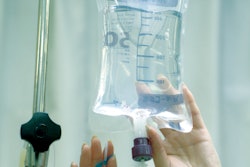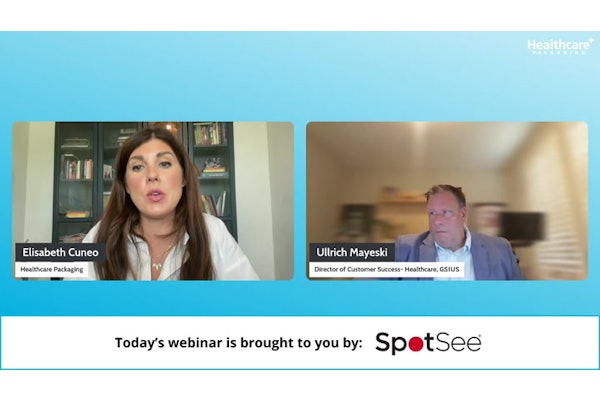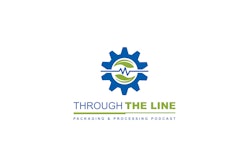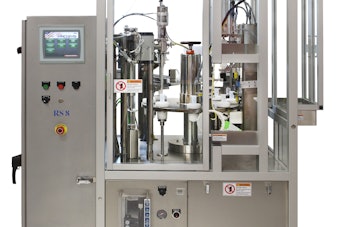
Low-dose medications, less stable biological, and patient home care represent a few of the challenges facing parenteral packaging in the years to come.
At PDA Europe 2014 Zuercher was clear that he was focusing on his role in drug development, recognizing that production people may have other concerns. From his perspective, some API’s (Active Pharmaceutical Ingredients) he sees coming down the pipeline are highly potent and “almost unsoluble.” This will cause container closure systems to see a possible decrease in efficacy due to risk of sorption.
These highly unsoluble APIs call for very specific formulations that may actually degrade the container closure systems and traces of the container closure system in the formula may, in turn, significantly degrade the drug.
Biologics, in particular, are often unstable regarding vibration and temperature.
Product stability is an issue due to short shelf life and many of these new products will need to be lyophilized.
Patients will have to be trained to reconstitute or dilute lyophilized drugs to inject themselves. Highly potent oncology products with high toxicity will put patients and family at risk if breakage occurs. Likewise, you must avoid contamination of people and environment with many new complex formulations containing genetically modified organisms, for instance.
“We will have to prepare a complete packet, a kit for the patient. Home care requires usability assessments, something the FDA inspector are keying in on,” according to Zuercher.
So what does the industry need to do?
• Develop new materials with low potential of interacting with low-dose biotech products
• Develop new materials able to withstand harsh cold conditions, -70°C
• Develop unbreakable container closure systems with the purity of glass, but that can survive a fall
• Develop new analytical tools to evaluate the “state-of-the-art” closure and container systems
Zuercher noted that these new drugs and container closure systems will have to survive shipment around the world. These new formulas are so sophisticated they will be produced in one facility and shipped elsewhere; you will not be able to set up manufacturing in multiple locations due to the complexity of the formulations.
Lastly, Zuercher mentioned that for the PDA, hot topics continue to be extractables and leachables, glass delamination, and container/closure integrity.
The following definitions come from a Solvia white paper:
• Extractables are chemical entities, both organic and inorganic, that will extract from components of a container closure system or device into solvents, under controlled conditions. They are used to identify and quantify potential leachables.
• Leachables are chemical entities, both organic and inorganic, that migrate from components of a container closure system or device into a drug product over the course of its shelf-life.
• Leachables are usually present in drug product matrices as complex mixtures at trace levels relative to the active pharmaceutical ingredient (api).






















